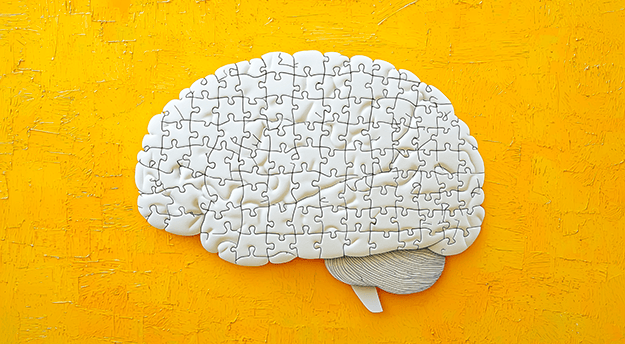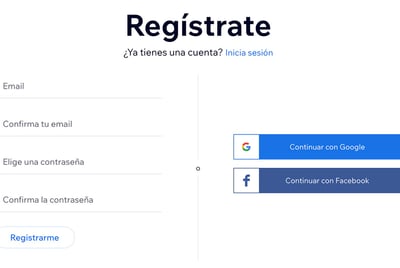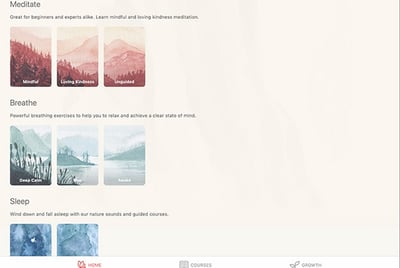Add your promotional text...
Cognitive Biases: Hidden Prejudices in Design
Avoiding Common Pitfalls and Enhancing User Experience
UX DESIGN
2/26/20254 min read


Cognitive biases are mental shortcuts our brains use to simplify decision-making. While useful in daily life, they can lead to systematic errors, especially in user experience (UX) design. In this article, we will explore some of the most relevant cognitive biases in UX design and how to mitigate them, providing practical examples and strategies to improve the user experience.
Psychologists Daniel Kahneman and Amos Tversky were pioneers in identifying and studying cognitive biases, demonstrating how these mental shortcuts influence decision-making, even in contexts like UX design. Their research, particularly on psychological heuristics and systematic biases, provides a valuable foundation for understanding how users' decisions can be shaped—both positively and negatively—by the mental patterns they employ.
Common Cognitive Biases in UX Design and Their Impact on UX Thinking
Anchoring Bias
Tendency to rely too heavily on the first piece of information received (the "anchor").
Example: When displaying subscription packages, presenting a high-priced premium package first can make mid-tier packages seem more affordable.
UX Thinking: Use anchoring ethically to guide value perception, always providing clear and accurate information.
Availability Bias
Tendency to overestimate the likelihood of events that are easy to recall.
Example: A user who remembers a bad experience with a complex form may hesitate to interact with similar forms on other websites.
UX Thinking: Design intuitive interfaces and minimize friction to prevent negative experiences that create harmful associations.
Halo Effect
Tendency to judge an entity based on a single characteristic.
Example: A visually appealing design may lead users to assume that its functionality is also excellent, even if it is not.
UX Thinking: Ensure consistency in quality across all aspects of design, from aesthetics to functionality and content.
Confirmation Bias
Tendency to seek information that confirms pre-existing beliefs.
Example: A designer favoring a particular solution may ignore user testing data that suggests otherwise.
UX Thinking: Encourage objectivity by validating decisions with users and considering multiple perspectives.
Bandwagon Effect
Tendency to follow the actions of the majority.
Example: Displaying the number of positive reviews or a product’s popularity to influence purchasing decisions.
UX Thinking: Use social proof ethically by transparently highlighting popularity and positive ratings.
How to Mitigate Cognitive Biases in UX Design
User Research: Conduct interviews, surveys, and user testing to gather objective insights.
Usability Testing: Assess user interactions with the design to identify issues and validate decisions.
Critical Thinking: Promote self-awareness and objectivity in design decisions.
Collaboration: Gather feedback from colleagues and stakeholders to diversify perspectives.
Iterative Design: Adopt a continuous improvement approach in design cycles.
Conclusion
Cognitive biases are mental shortcuts that influence user decision-making in UX design. While useful, they can lead to systematic errors. The anchoring bias can affect pricing decisions, the availability bias can make users overestimate the difficulty of certain processes, and the halo effect can lead users to judge a product based solely on its appearance. To mitigate these biases, it is essential to apply strategies such as user research, usability testing, and iterative design, ensuring that decisions are based on objective data and that the design remains intuitive and ethical—ultimately improving the user experience.
Glossary
Anchoring Bias: Tendency to rely too heavily on the first piece of information received.
Availability Bias: Tendency to overestimate the likelihood of events that are easy to recall.
Bandwagon Effect: Tendency to follow the actions of the majority.
Confirmation Bias: Tendency to seek information that confirms pre-existing beliefs.
Halo Effect: Tendency to judge an entity based on a single characteristic.
Heuristics: General rules or guiding principles that help make decisions efficiently in various contexts. While they do not always guarantee the best outcome, they are useful in simplifying complex processes.




















Subscribe to our newsletter
Receive an alert every time new useful content is published for your personal and professional development


